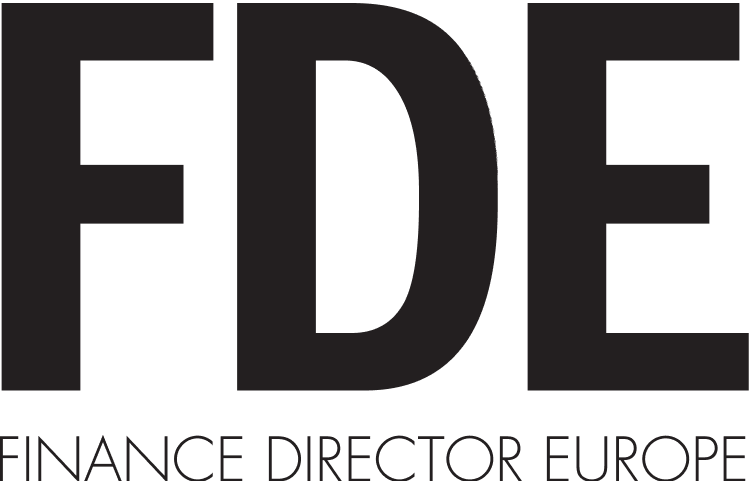
Introduction
In the digital age, misinformation and disinformation pose significant challenges across various sectors, including the finance industry. For Chief Financial Officers (CFOs) and business leaders in Europe, understanding the implications of false information and developing strategies to combat it is essential. This article explores the causes and effects of misinformation and disinformation, their impact on the finance industry, and strategies for mitigating these risks.
Understanding Misinformation and Disinformation
Misinformation refers to false or inaccurate information spread without malicious intent, while disinformation is deliberately deceptive information intended to mislead. Both phenomena can have serious consequences, especially in the finance industry, where trust and accurate information are paramount.
Causes of Misinformation and Disinformation
Several factors contribute to the spread of misinformation and disinformation:
- Social Media: The rapid dissemination of information on social media platforms can amplify false narratives. Algorithms designed to optimise engagement often prioritise sensational content, regardless of its veracity.
- Digital Anonymity: The anonymity provided by the internet enables bad actors to spread false information without accountability.
- Echo Chambers: Online communities and forums often create echo chambers where users are exposed to information that reinforces their existing beliefs, making it easier for false information to spread.
- Economic Incentives: The financial benefits of clicks, shares, and advertising revenue can motivate individuals and organisations to create and distribute misleading content.
Impact on the Finance Industry
Misinformation and disinformation can significantly affect the finance industry, impacting markets, investor behaviour, and regulatory environments. The following sections examine these effects in detail.
Market Volatility and Manipulation
False information can cause significant market volatility. For example, rumours about a company’s financial health or the potential for regulatory changes can lead to drastic price swings in stocks, bonds, and other financial instruments.
- Stock Market Manipulation: Disinformation campaigns can be used to manipulate stock prices. An example is the practice of “pump and dump,” where false positive information about a stock is spread to inflate its price, allowing manipulators to sell at a profit before the truth emerges and the price plummets.
- Cryptocurrency Markets: The relatively unregulated nature of cryptocurrency markets makes them particularly susceptible to misinformation. False information about regulatory crackdowns, technological advancements, or major partnerships can lead to significant price volatility.
Investor Confidence and Behaviour
Misinformation can erode investor confidence, leading to irrational investment decisions and market instability.
- Panic Selling: False rumours about economic downturns or corporate bankruptcies can trigger panic selling, causing sharp declines in stock prices and broader market indices.
- Misinformed Investment Decisions: Investors relying on inaccurate information may make poor investment choices, leading to financial losses. For example, false claims about the financial performance of a company can lead investors to buy or sell stocks based on misleading data.
Regulatory Challenges
Regulatory bodies face significant challenges in addressing the spread of misinformation and disinformation in the financial sector.
- Market Surveillance: Regulators must enhance market surveillance to detect and mitigate the impact of false information. This includes monitoring social media, online forums, and other digital platforms for signs of market manipulation and disinformation campaigns.
- Legal and Enforcement Actions: Taking legal action against individuals and entities that spread false information can be complex, especially when they operate anonymously or from jurisdictions with lax regulations. International cooperation and stronger regulatory frameworks are needed to address these challenges effectively.
Strategies for Combating Misinformation and Disinformation
Financial institutions and regulators must adopt comprehensive strategies to combat misinformation and disinformation. Key strategies include:
1. Enhancing Information Security
- Robust Communication Channels: Financial institutions should maintain secure and reliable communication channels to provide accurate information to stakeholders. This includes regular updates on corporate websites, official social media accounts, and press releases.
- Verification Mechanisms: Implementing verification mechanisms for information, such as digital signatures and blockchain technology, can help ensure the authenticity of financial data and communications.
2. Promoting Media Literacy
- Investor Education: Educating investors about the risks of misinformation and disinformation is crucial. Financial institutions and regulators should offer programmes and resources to help investors identify credible sources of information and make informed decisions.
- Public Awareness Campaigns: Public awareness campaigns can highlight the dangers of misinformation and disinformation, encouraging the public to critically evaluate the information they encounter.
3. Leveraging Technology
- Artificial Intelligence and Machine Learning: AI and machine learning algorithms can help detect and combat misinformation by analysing patterns and identifying false information. These technologies can be used to monitor social media and other digital platforms for signs of disinformation campaigns.
- Data Analytics: Advanced data analytics can help financial institutions identify trends and anomalies in market behaviour, providing early warnings of potential misinformation-driven market manipulation.
4. Strengthening Regulatory Frameworks
- Collaborative Efforts: Regulators should collaborate with financial institutions, technology companies, and international counterparts to develop comprehensive strategies for combating misinformation and disinformation.
- Enhanced Penalties: Implementing stronger penalties for individuals and entities that engage in disinformation campaigns can act as a deterrent. This includes fines, legal action, and public disclosure of offenders.
Case Studies: Misinformation in the Finance Industry
Examining past instances of misinformation and disinformation in the finance industry provides valuable insights into the effectiveness of different strategies and practices.
1. The GameStop Short Squeeze (2021)
The GameStop short squeeze in early 2021 was a notable example of how misinformation and disinformation can influence financial markets. Social media platforms, particularly Reddit, played a significant role in spreading information and coordinating trading activities.
- Impact: The stock price of GameStop surged dramatically, causing significant losses for hedge funds that had shorted the stock. The event highlighted the power of social media and the potential for misinformation to drive market movements.
- Regulatory Response: The incident prompted regulatory scrutiny and discussions about the need for improved market surveillance and regulation of social media platforms in financial markets.
2. Fake News on Social Media
Numerous instances of fake news on social media have impacted financial markets. For example, false reports about the financial health of companies or economic policies have led to market volatility and investor panic.
- Impact: Fake news can cause sudden and significant price movements, disrupting markets and eroding investor confidence.
- Regulatory Response: Regulators have emphasised the importance of verifying information from credible sources and have taken steps to monitor and address the spread of false information on social media.
Future Outlook and Emerging Trends
As misinformation and disinformation continue to pose risks to the finance industry, financial institutions and regulators must stay ahead of emerging trends and developments.
Technological Advancements
- AI and Machine Learning: Continued advancements in AI and machine learning will enhance the ability to detect and combat misinformation. These technologies can analyse vast amounts of data in real-time, identifying false information and disinformation campaigns more effectively.
- Blockchain Technology: Blockchain technology can provide secure and transparent records of financial transactions and communications, reducing the risk of misinformation and ensuring data integrity.
Global Cooperation
- International Collaboration: Global cooperation among regulatory bodies, financial institutions, and technology companies is essential to combat misinformation and disinformation effectively. Sharing information, best practices, and coordinated enforcement actions can help address the global nature of these challenges.
- Harmonised Regulations: Harmonising regulations across jurisdictions can reduce regulatory arbitrage and ensure a consistent approach to combating misinformation and disinformation in financial markets.
Conclusion
Misinformation and disinformation pose significant challenges and opportunities for the finance industry. CFOs and business leaders in Europe must navigate the complexities of false information by understanding its causes and effects, implementing robust strategies to combat it, and staying informed about emerging trends and regulatory developments. By adopting a proactive and comprehensive approach, financial institutions can protect their financial health, optimise operational efficiency, and support long-term economic stability. The path forward requires vigilance, adaptability, and collaboration. As the digital landscape continues to evolve, financial institutions must remain agile and responsive to the changing dynamics of misinformation and disinformation. By doing so, they can effectively navigate these challenges and ensure their organisations’ resilience and success in an uncertain world.






